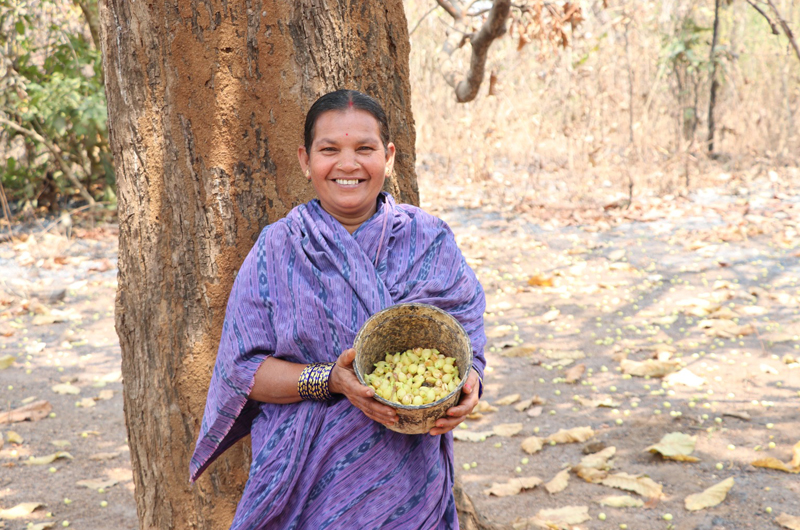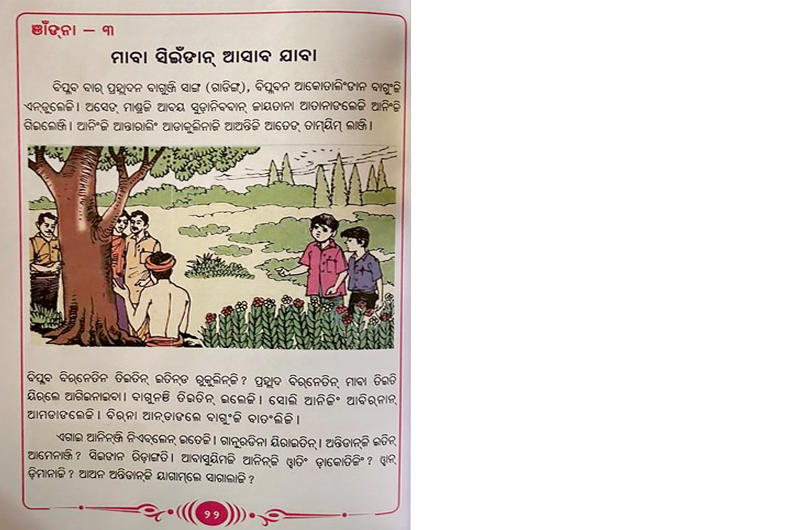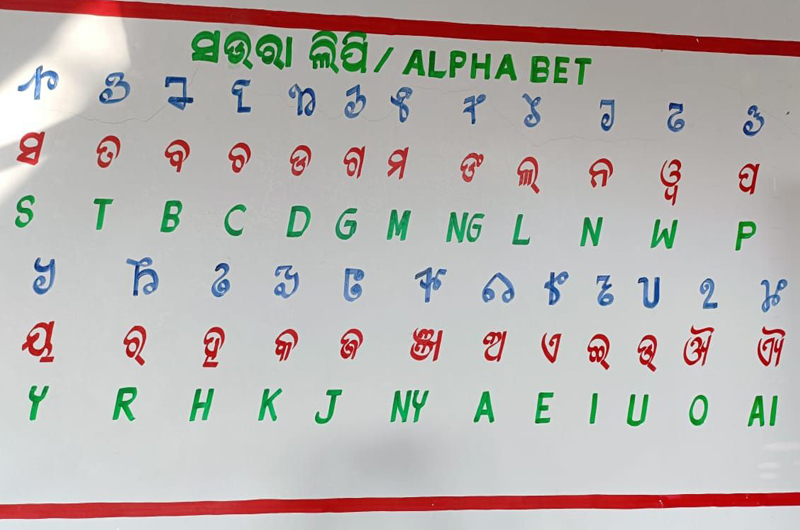The Odisha Cabinet has recently taken a major decision which will empower about one crore tribal people across the state by providing them a minimum support price for minor forest produce. Bibhuti Barik details the new state-funded project which is aimed at easing the lives of marginalised citizens
The Odisha Cabinet has end-January taken a major decision which will empower about one crore (ten million) tribal people across the state by providing them a minimum support price (MSP) for minor forest produce (MFP). According to the decision, the new state scheme, LABHA (Laghu Bana Jatya Drabya Kraya) Yojana is a 100 per cent state-funded MSP scheme for MFP. It will benefit 30,000 primary collectors and 1,000 women SHGs (self-help groups) in the predominantly tribal districts. The MSP will be determined every year by the state government. Under the scheme, a primary collector (tribal) will be able to sell MFP at the MSP at procurement centres set up by the Tribal Development Cooperative Corporation of Odisha Limited (TDCCOL).

Roopa Roshan Sahoo, commissioner-cum-secretary, Scheduled Tribes, Scheduled Castes Development, Minorities and Backward Communities Welfare Department, said “Since 99 per cent of the primary collectors of TDCCOL are tribal and the majority of them are women, LABHA Yojana will integrate its work with Mission Shakti’s Women SHGs. The new state scheme will cover 119 tribal blocks in 14 tribal districts.” The procurement centres will be managed by SHGs/ other notified agencies assisted by TDCCOL, and the money will be deposited as direct benefit transfer to the beneficiaries’ account. The SHG/ any other agency will receive a commission of two per cent.
Sources point out that the LABHA Yojana Scheme will eliminate the possibility of distress sale of produce to middlemen and also ensure timely procurement and value addition. TDCCOL will explore value addition and engage in re-tendering. The state government will also set up a 25-crore tamarind processing plant in Rayagada which will use tamarind procured through LABHA Yojana for value-addition. In the initial phase, the LABHA Scheme will be operative in Sundargarh, Mayurbhanj, Keonjhar, Raygada, Koraput, Malkangiri, Nabarangpur, Kandhamal, Nuapada, Kalahandi, Gajapti, Sambalpur, Deogarh and Balangir.

Last year, TDCCOL achieved record MFP procurement worth Rs 76 crore. Earlier, the state and Central Government had a scheme for MFP procurement but no funds were released in the past 10 years beyond the initial revolving fund. While the state government has been providing grants to TDCCOL for compensation, increase in production, timely procurement and timely release of remuneration as well as MFP processing are the pressing needs.
There is also a perceived need for tribal people to be extensively involved at all stages of the development process, starting from identification of deficiencies and needs, and including plan formulation, implementation and monitoring, so that holistic tribal development and overall inclusive growth are made possible. Keeping all this in mind, the Odisha Government comes up with innovative plans and implements them to benefit the tribal communities which constitute 22.85 per cent of the state’s population.
Cabinet approves commission for tribal languages
Taking another stride towards its pro-people and multilingual social approach, the Odisha State Cabinet on January 29 approved establishment of the Commission for Preservation and Promotion of Tribal Languages of Scheduled Tribes of Odisha. The decision was made on the eve of the first World Odia Language Conference in Bhubaneswar. The Language Commission will work towards implementing language policies that promote the use of indigenous languages in various domains. It will work on protecting linguistic rights and ensure that all indigenous languages are respected and protected under the law, reflecting its commitment towards conserving tribal culture and retaining their unique identities. The commission will consist of a chairperson who shall be appointed by the government from amongst persons who have made significant contributions to tribal language preservation and promotion.

Odisha is home to 62 tribal groups, including 13 Particularly Vulnerable Tribal Groups (PVTGs). There are 21 tribal languages in Odisha and the state government wants to preserve, promote, develop, disseminate and safeguard the languages through this commission. Therefore, it will encourage multilingual education, documenting and preserving tribal languages, promoting the use of those languages, protecting linguistic rights among several enriching activities for the development of the tribal languages.

Interestingly, the Multilingual Education (MLE) Programme includes all 21 recognised tribal languages. The cabinet also passed a resolution reiterating the demand for inclusion of 169 communities in the Scheduled Tribes list of Odisha. The Government of Odisha has recommended the inclusion of Ho (2011), Sora and Kui (2023) languages in the 8th Schedule of the Indian Constitution to date. Seven Scheduled Tribes have developed scripts for their languages: Olchiki (Santali), Warrang Chiti (Ho, Kolha), Mundari Bani (Mundari, Munda), Kuilipi (Kui Kondh), Sorang Sompeng (Saora), Ol-Onal (Bhumij), and Kuruxtod (Oraon). Other Scheduled Tribe Communities are also making efforts to develop their scripts and are requesting the inclusion of their Tribal languages in the 8th Schedule of the Indian Constitution.
(This article is based on two press releases from PHDMA/ Poverty and Human Development Monitoring Agency, Government of Odisha. The writer is a senior consultant at PHDMA with more than 25 years of experience in the print media and as a content and communication consultant.)



 from Webdoux
from Webdoux